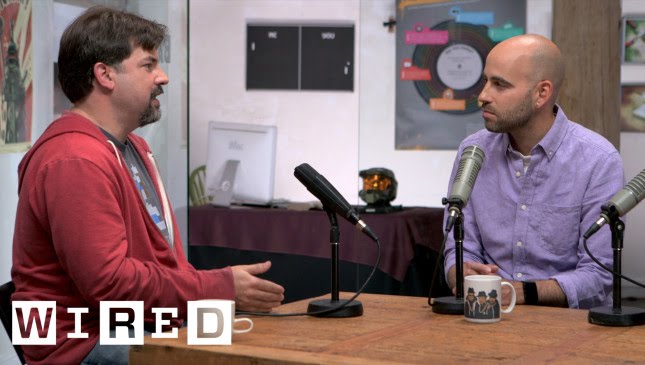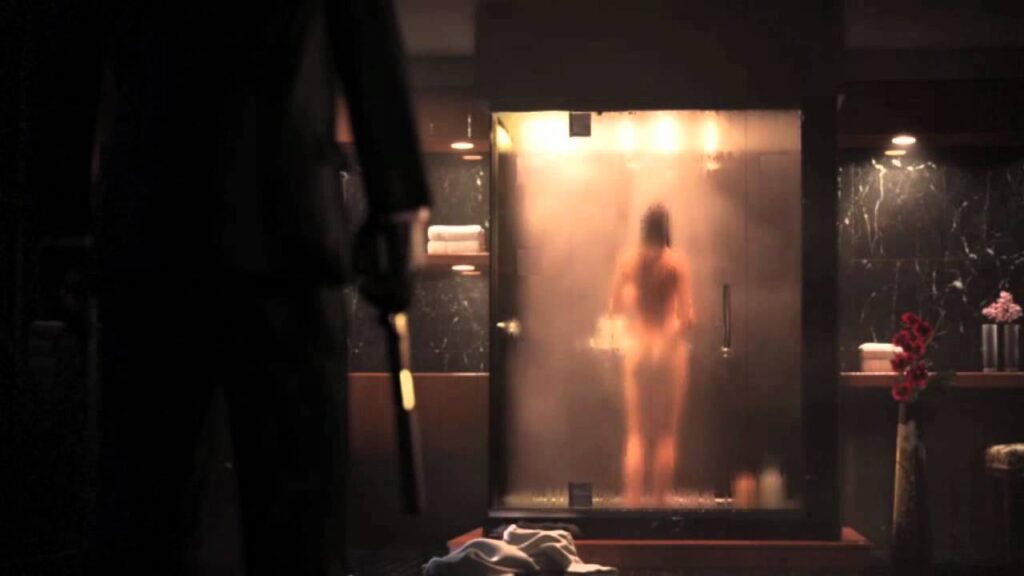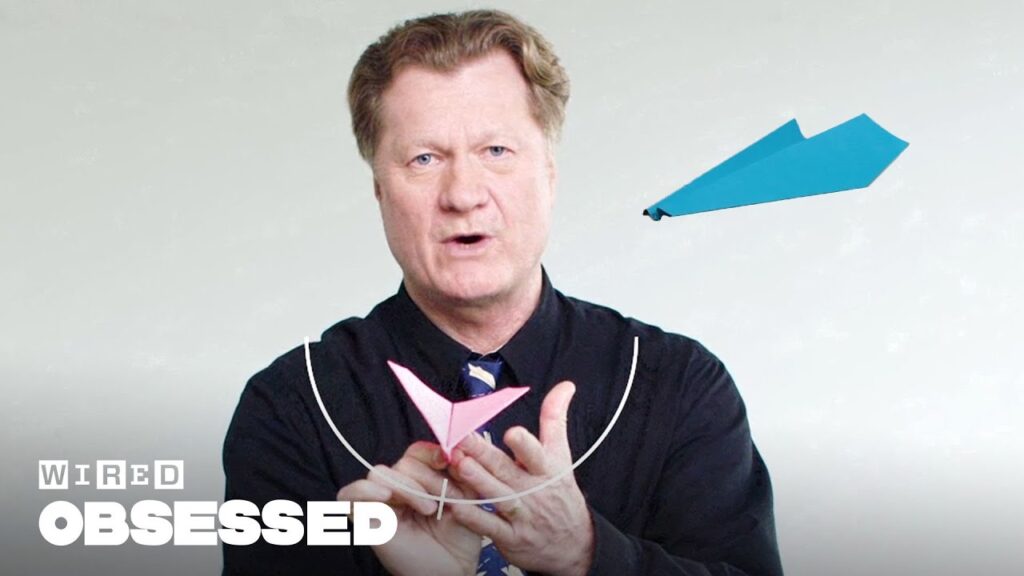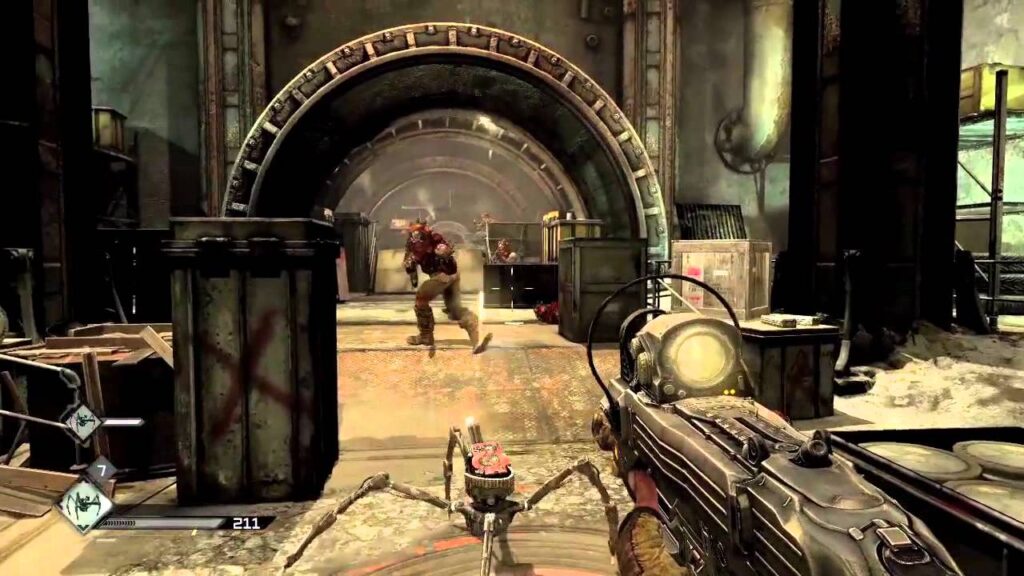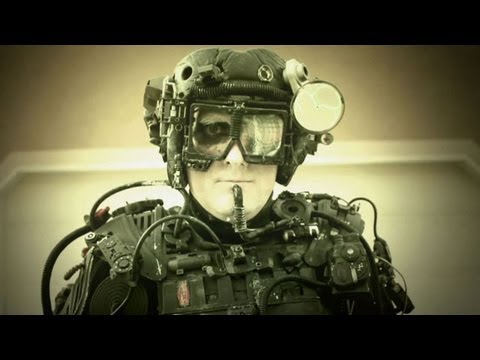The Making of The Scorch Trial: An In-Depth Look at Weta Digital’s Groundbreaking Work
Summary
In this article, we explore the groundbreaking techniques that Weta Digital used to create the mythical post-apocalyptic city in the second installment of ‘The Maze Runner’ series, ‘The Scorch Trial.’ The article covers the process of building and texturing the unique buildings, using simulations to destroy them realistically, and creating the environment both inside and outside the buildings. We also delve into the techniques used to create the zombie-like Cranks, who live in the underground sewers.
Table of Contents
- The Challenge of a Broad and Bigger Canvas
- Building and Texturing the Ruined City with Uniqueness and Accuracy
- Using Simulations to Remove Buildings and Textures Accurately
- Creating an Environment Inside and Outside the Buildings
- Crafting CGI Characters: The Zombie-Like Cranks
- What Lies Ahead: The Anticipated Third Installment
Introduction
The world of visual effects is a constantly evolving one, with each movie and film bringing with it novel challenges to be tackled. ‘The Scorch Trial,’ the second film in the Maze Runner trilogy, for director Wes Ball, brought about one such hurdle of tackling an expansive environment. The movie, with its vast cityscapes and enormous landscapes, called for innovative techniques in destroying buildings accurately, creating the perfect environment both inside and outside the buildings, and developing the motion of the CGI characters realistically. Here, we take a closer look at how Weta Digital went about achieving this groundbreaking work.
Q&A
The Challenge of a Broad and Bigger Canvas
What was the most significant challenge while working on ‘The Scorch Trial’?
I believe the biggest challenge while working on this film was the tremendous scope of the environment. With the story being set mostly in vast open spaces and ruined cities, we had to build and destroy various structures realistically to fit the scenes, bringing believability to the environment.
Building and Texturing the Ruined City with Uniqueness and Accuracy
How did Weta Digital go about building the post-apocalyptic, ruined city?
At Weta Digital, we built the ruined city by first modelling normal buildings and then running a series of destruction simulations on each of them. We ensured that all the buildings were unique, which meant none were copied and pasted, and the lighting and shadowing were correct. The result was an accurately textured environment that was achieved using simulations and not by hand-painting.
How did Weta Digital ensure uniqueness and accuracy when texturing the buildings?
Weta Digital ensured uniqueness and accuracy in its textures by employing its new Manuka renderer. The renderer helped us model and render the entire world uniformly, accurately, and uniquely without using any kind of matte painting. For instance, the water and rust textures were all produced by running simulations, not by hand-drawing.
Using Simulations to Remove Buildings and Textures Accurately
What innovative techniques did Weta Digital use to destroy the buildings accurately in the movie?
Typically, environment work or set extensions are built almost like kit components that are then textured. But for this movie, we went beyond the norm by using simulations to destroy the buildings beforehand and then showing them destroyed in the film. We ran a series of simulations that resulted in the debris falling in a plausible and accurate way.
Was all of the debris in the destroyed buildings the result of simulations?
Yes, all the debris in the film was produced by running simulations. As we simulated the destruction, the rubble realistically fell accurately, which made it appear all the more real.
Creating an Environment Inside and Outside the Buildings
How did Weta Digital ensure realism while creating the environment inside and outside the buildings?
Weta Digital ensured the same realism while creating the environment inside and outside the buildings by using simulations. Cloth simulations were used to create flapping cloth and plastic, which were all made to appear realistic by encasing each building in a giant cloth simulation. Similarly, particle simulations were used to weather the concrete and rust textures around the underground sewer where the zombie-like Cranks lived. The goal was to make everything as believable as possible, and so the simulation techniques were put to good use here.
Crafting CGI Characters: The Zombie-Like Cranks
How did Weta Digital go about creating the Cranks?
Weta Digital brought the zombie-like Cranks to life using CGI motion-captured techniques. In addition, double-jointed circus actors provided motion to create realistic movement. The CGI artists took inspiration from nature, modeling the Cranks as a cross between vine-like vegetation and subcutaneous hor, a disease found online. The result was convincingly monstrous and terrifying.
Conclusion
In conclusion, Weta Digital used groundbreaking techniques to create the visually stunning environment of ‘The Scorch Trial.’ By simulating every aspect of the destroyed city, the team achieved a startlingly realistic depiction of a post-apocalyptic landscape that was unique and accurate. The Cranks, too, were artfully crafted using motion-captured CGI techniques and real-life inspiration, resulting in horrid, realistic movement. As anticipation builds for the third installment of the Maze Runner, we can only guess at the creative wizardry that Weta Digital has up its sleeve.


